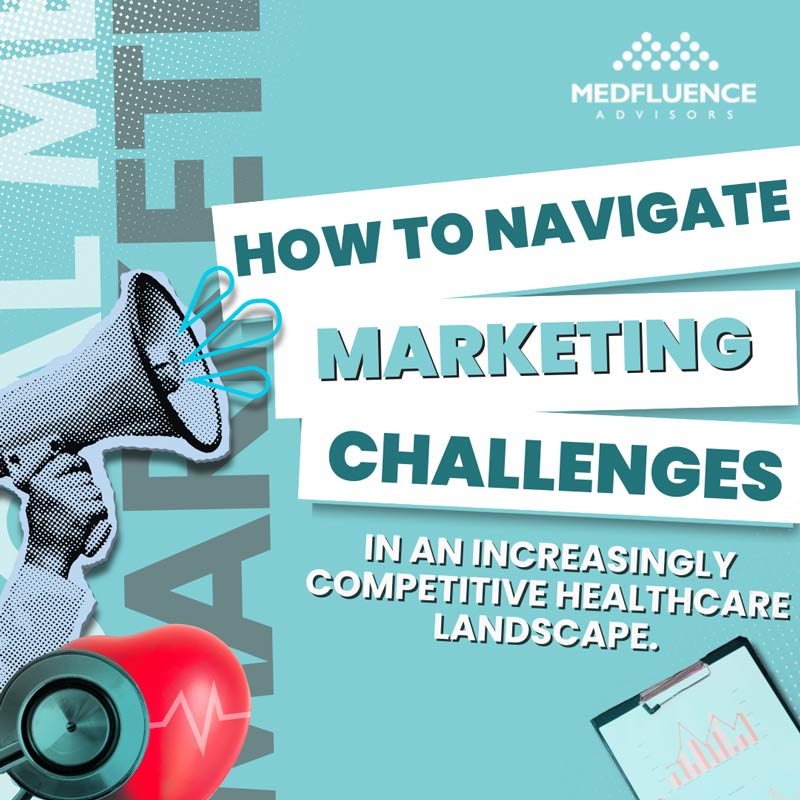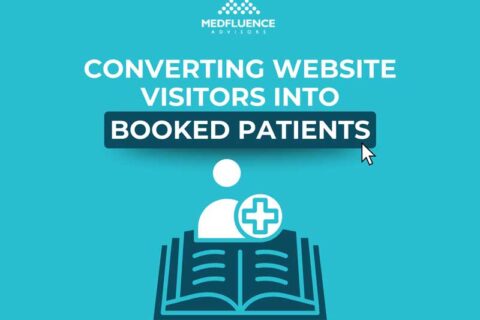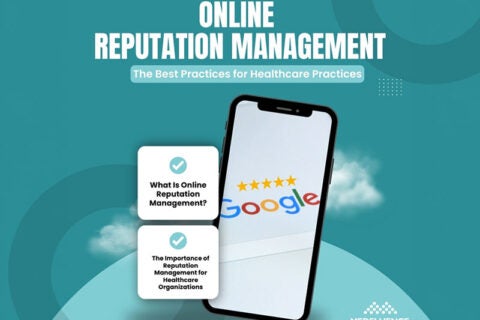How to Navigate Marketing Challenges in an Increasingly Competitive Healthcare Landscape
The healthcare industry is multifaceted and often complex. Every day, it undergoes significant transformative changes that reshape patient care, practice management, and healthcare marketing itself.
Naturally, healthcare is sensitive, regulated, and deeply personal. Practices, businesses, and medical practitioners must comply with strict regulations as they handle sensitive patient information.
Because healthcare is ever-evolving, effective marketing strategies are more crucial than ever to help your practice thrive in a competitive landscape. Unlike other industries, healthcare marketing isn’t just about making sales—it’s about building lasting relationships and fostering trust.
All of these factors create a unique set of marketing challenges that play an increasingly important role in the growth and success of medical practices like yours.

The increasingly competitive healthcare landscape
The healthcare landscape is undergoing profound and rapid changes that are transforming how medical practices operate. As the industry evolves, competition is becoming more intense and widespread.
Today, competition can come from anywhere: national health systems, retail clinics, private practices, and startups. New competitors often bring advanced technologies, greater convenience, and more patient-centric approaches, making them attractive to patients. They can also address community needs that established providers may overlook.
As competition intensifies, traditional marketing methods are no longer enough to reach your target audience. To stay relevant, you must adapt your marketing strategies to meet patients where they are—and give them compelling reasons to choose (and keep choosing) your practice.
Healthcare marketing challenges and how to overcome them
1. Strict HIPAA and regulatory compliance
Healthcare marketers face unique challenges due to legal obligations to protect patient health information under the Health Insurance Portability and Accountability Act (HIPAA).
HIPAA regulates how healthcare providers and marketers can use or share patient data. It also restricts the use of protected health information (PHI) for marketing without explicit patient consent.
These restrictions can limit audience targeting and segmentation, especially as privacy concerns grow. Patients and families increasingly expect their health data to remain secure.
How to overcome this challenge:
- Educate your entire team on the latest HIPAA rules to prevent accidental disclosures.
- Obtain explicit patient consent to use information for marketing, ideally during intake and onboarding—and offer an opt-out option.
- Focus on data that isn’t classified as PHI, such as age, gender, and online behavior, to create targeted campaigns without violating regulations.

2. The public perception of healthcare
Trust and credibility are central to patient-provider relationships. Because healthcare decisions are deeply personal, patients look for providers they trust.
Public skepticism about healthcare messages can make it harder to get your brand’s message across.
How to address this:
- Humanize your brand by highlighting real staff and stories.
- Be transparent about services, pricing, and patient outcomes to build trust.
- Share high-quality educational content to position your practice as a credible source.
- Engage patients on social media by answering questions and sharing relevant information.
- Feature real patient stories (with HIPAA-compliant consent).

3. Online reviews can make or break your reputation
Modern patients research healthcare decisions carefully. Online reviews heavily influence their choices.
Positive reviews build trust and credibility, while negative reviews, though inevitable, can offer opportunities for improvement.
How to handle this:
- Encourage happy patients to leave reviews, using multiple methods: front-desk reminders, QR codes, or follow-up texts and emails.
- Respond promptly and professionally to all reviews—thank supporters, and address concerns raised in negative comments.
- Regularly monitor reviews to identify trends and areas for improvement.
- Promote positive feedback across your website, social media, and marketing materials.

4. Tight marketing budgets
Many private practices and small clinics operate with limited marketing budgets, which can restrict reach and growth.
How to get results despite budget limits:
- Focus on marketing channels with the highest ROI.
- Use free tools like Google Analytics to track website traffic and conversions, helping guide data-driven decisions.
- Prioritize local SEO to increase visibility in your community and attract nearby patients.

5. Lack of personalization in the patient journey
Patients expect to feel seen and valued. Personalization helps build connection—but strict regulations can limit how much personal data marketers can use.
Strategies for personalization:
- Use behavioral data and online interactions (which aren’t PHI) to tailor messages.
- Address patients by name in emails and texts.
- Send appointment reminders to reduce no-shows and show you care.
- Maintain consistent, transparent communication across platforms.
6. Patient education and health literacy
Medical information can be complex, and many patients struggle to understand it.
Ways to improve education:
- Use clear, accessible language in all materials.
- Provide educational handouts, email newsletters, or videos.
- Verbally explain diagnoses and treatment plans during visits; encourage questions.
- Include family members in education to support patient care.
- When possible, use visual aids and plain language to make information easier to grasp.
7. The emergence of AI and new technologies
AI and new technologies are transforming healthcare, offering ways to reach patients and streamline operations—but also bringing compliance challenges.
Best practices:
- Use chatbots to enhance communication and patient engagement.
- Leverage AI tools to analyze data and gain insights into patient behavior.
- Ensure all tech solutions comply with HIPAA and other regulations.
- Regularly audit AI tools for biases and errors.
- Embrace innovation to keep your practice competitive and relevant.
Conclusion: Successfully navigating the healthcare marketing landscape
Today’s healthcare landscape is complex, competitive, and always evolving. Understanding the major marketing challenges—and proactively addressing them—can help your practice thrive.
By staying compliant, adopting new technologies, delivering personalized care, and building trust, healthcare professionals and marketers can navigate these challenges and achieve sustainable growth.



